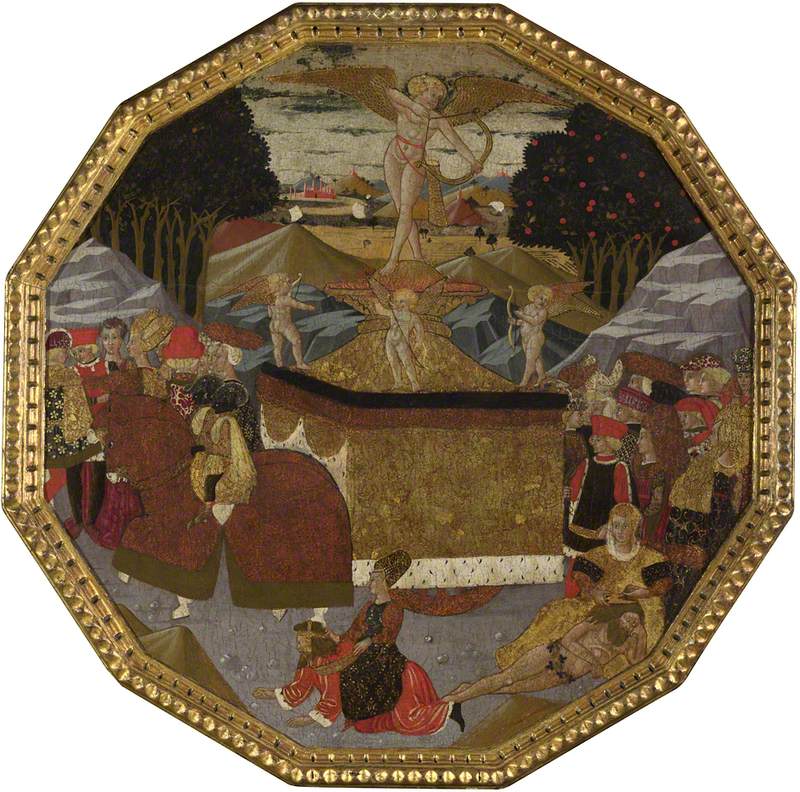How you can use this image
This image can be used for non-commercial research or private study purposes, and other UK exceptions to copyright permitted to users based in the United Kingdom under the Copyright, Designs and Patents Act 1988, as amended and revised. Any other type of use will need to be cleared with the rights holder(s).
Review the copyright credit lines that are located underneath the image, as these indicate who manages the copyright (©) within the artwork, and the photographic rights within the image.
The collection that owns the artwork may have more information on their own website about permitted uses and image licensing options.
Review our guidance pages which explain how you can reuse images, how to credit an image and how to find images in the public domain or with a Creative Commons licence available.
Buy a print or image licence
You can purchase this reproduction
If you have any products in your basket we recommend that you complete your purchase from Art UK before you leave our site to avoid losing your purchases.
Notes
Add or edit a note on this artwork that only you can see. You can find notes again by going to the ‘Notes’ section of your account.
Pictures of this size and shape – it has 12 sides – were known as deschi da parte (or birth trays), and were common in fifteenth-century Florence. Originally made to bring food to a woman during labour, they later became symbolic gifts to celebrate marriage or childbirth. They were, like this one, lavishly decorated, usually with non-religious images. This painting illustrates a poem by the fourteenth-century Italian poet Petrarch, which describes ‘The Triumph of Love’. Love is represented as a naked, winged young man riding a chariot, ready to strike the crowd below with his arrows, which would make them fall in love. Coats of arms decorate the reverse of the tray – those of the couple for whom it was made. The woman was a member of the del Zaccheria family.
Title
Birth Tray: The Triumph of Love
Date
probably about 1453-5
Medium
Egg tempera on wood
Measurements
H 61.8 x W 62.1 cm
Accession number
NG3898
Acquisition method
Presented by Henry Wagner, 1924
Work type
Painting

